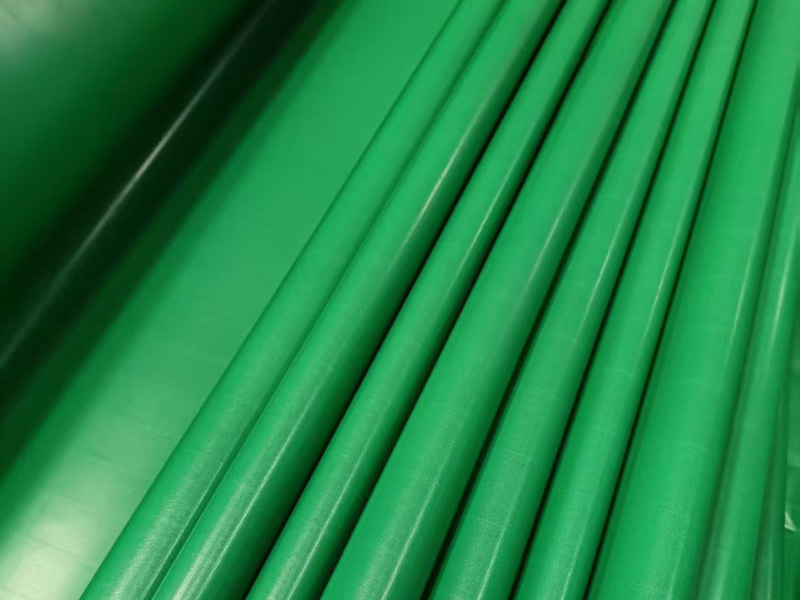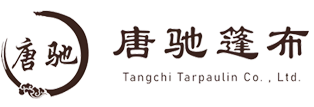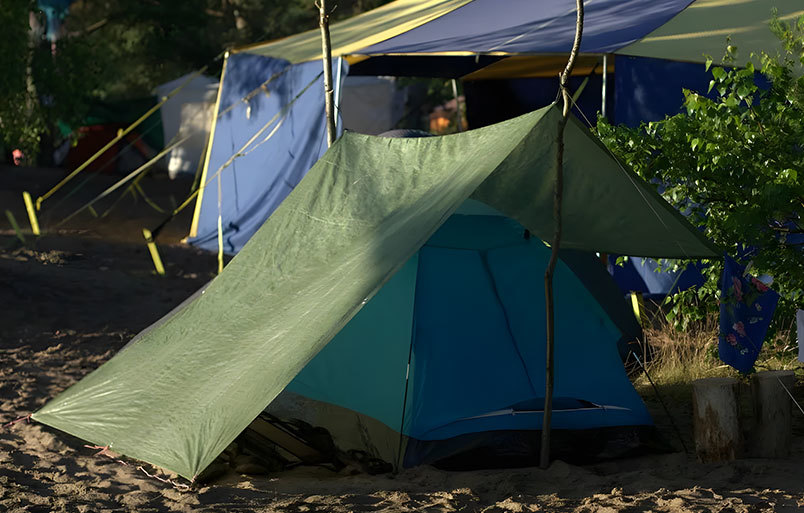Understanding Coated Banners: Innovations in Textile Fibers
Jul 26,2025
Coated banners have become an essential component in various sectors, including advertising, event promotion, and outdoor display applications. These banners are typically made from synthetic fabrics that are chemically treated to enhance their durability, weather resistance, and printability. In the context of the textile industry, particularly within chemical fibers, understanding the properties

Coated banners have become an essential component in various sectors, including advertising, event promotion, and outdoor display applications. These banners are typically made from synthetic fabrics that are chemically treated to enhance their durability, weather resistance, and printability. In the context of the textile industry, particularly within chemical fibers, understanding the properties and benefits of coated banners can significantly influence product development and marketing strategies.
The primary function of coated banners is to provide a robust medium for high-quality graphics and messaging. The coating applied to these banners serves multiple purposes. It not only improves the visual appeal of printed images but also offers protection against environmental factors such as moisture, UV rays, and abrasion. This makes coated banners a preferred choice for outdoor applications where exposure to the elements is a concern.
The manufacturing process of coated banners typically involves the application of a polymer coating to a base fabric, often made from polyester or nylon fibers. The choice of coating material can vary, but commonly used options include PVC, polyurethane, and acrylics. Each type of coating comes with its own set of benefits, such as enhanced flexibility, tear resistance, or ease of printing.
In terms of applications, coated banners are versatile and can be used for a range of purposes, from large-scale billboards to smaller banners for events and promotions. Their durability and resistance to fading make them suitable for long-term outdoor use, allowing businesses to maintain visibility and brand awareness over extended periods.
Additionally, coated banners are often lightweight and easy to install, making them an attractive option for businesses looking to create impactful displays without the need for extensive infrastructure. They can be easily transported and deployed, providing a flexible solution for marketing campaigns.
From a technical perspective, it is essential to consider factors such as the banner's GSM (grams per square meter) and the type of coating when selecting coated banners for specific applications. Higher GSM typically indicates a sturdier product, while certain coatings may provide additional benefits depending on the intended use.
In conclusion, coated banners represent a significant innovation in the textile industry, particularly in the realm of chemical fibers. Their durability, versatility, and aesthetic appeal make them a valuable asset for businesses aiming to convey their message effectively while ensuring longevity in various environmental conditions. Understanding the technical aspects of coated banners can empower professionals in the textile sector to make informed decisions that enhance their product offerings and market presence.
The primary function of coated banners is to provide a robust medium for high-quality graphics and messaging. The coating applied to these banners serves multiple purposes. It not only improves the visual appeal of printed images but also offers protection against environmental factors such as moisture, UV rays, and abrasion. This makes coated banners a preferred choice for outdoor applications where exposure to the elements is a concern.
The manufacturing process of coated banners typically involves the application of a polymer coating to a base fabric, often made from polyester or nylon fibers. The choice of coating material can vary, but commonly used options include PVC, polyurethane, and acrylics. Each type of coating comes with its own set of benefits, such as enhanced flexibility, tear resistance, or ease of printing.
In terms of applications, coated banners are versatile and can be used for a range of purposes, from large-scale billboards to smaller banners for events and promotions. Their durability and resistance to fading make them suitable for long-term outdoor use, allowing businesses to maintain visibility and brand awareness over extended periods.
Additionally, coated banners are often lightweight and easy to install, making them an attractive option for businesses looking to create impactful displays without the need for extensive infrastructure. They can be easily transported and deployed, providing a flexible solution for marketing campaigns.
From a technical perspective, it is essential to consider factors such as the banner's GSM (grams per square meter) and the type of coating when selecting coated banners for specific applications. Higher GSM typically indicates a sturdier product, while certain coatings may provide additional benefits depending on the intended use.
In conclusion, coated banners represent a significant innovation in the textile industry, particularly in the realm of chemical fibers. Their durability, versatility, and aesthetic appeal make them a valuable asset for businesses aiming to convey their message effectively while ensuring longevity in various environmental conditions. Understanding the technical aspects of coated banners can empower professionals in the textile sector to make informed decisions that enhance their product offerings and market presence.
Hot Tags:
Related Posts
Contact Us
E-mail:
tangchitarpaulin@gmail.com
WhatsApp:
Address:
500 meters west of the highway intersection in Xinxing Industrial Park, Yuanshi County, Hebei Province






